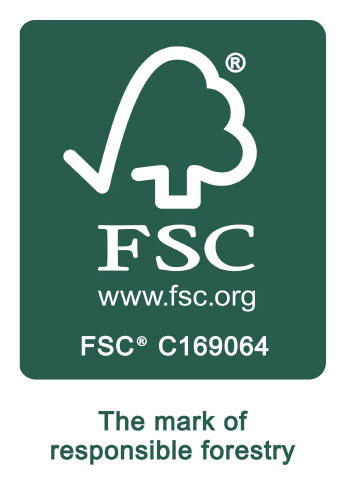The UK has a strong reputation for pharmaceutical research and development. In laboratories across the country, scientists explore viable medication to help control or cure symptoms. In addition, design teams consider the most suitable packaging design. This may not sound as important as the scientific bit, but good packaging greatly improves the chances that the patient will take their medication.
Unlike other consumables, pharmaceutical packaging isn’t as concerned with appealing aesthetics. Whilst there branding is still a requirement, the primary aim is to inform patients and encourage correct self-administration.
Even when prescribed the right medication, many patients forget to take it, refuse to take it, or take it in the wrong dose. Pharmaceutical packaging has an important role in aiding compliance.
Colour and Text on Pharmaceutical Packaging
Colour is used in drug production and medical packaging to help patients distinguish between different medications. Colour-changing packaging, which alters when the product is no longer in date, is another development.
The text has to be presented in a clear font. There has to be a good contrast between background colour and text to ensure that details including the recommended dosage are easy to find and read.
We’ve seen a growing number of packaging including interactive elements and pharmaceutical packaging is no different. Some designs now include a printed code, which can be scanned by smart devices, so that the patient receives an alert when it’s time for their next dose.
Protective Packaging
Pharmaceutical packaging also has to provide suitable protection for the tablets, liquids or other formulations. The primary packaging has to be manufactured in sterile conditions to avoid contamination. Secondary packaging has to be robust to protect products in transit and has to comply with stringent standards.
The ISO 9001:2000 quality standard is essential for any company wishing to produce packaging for medical supplies. Aylesbury Box Company is compliant. We design, manufacture and print cardboard cartons in a variety of dimensions for pharmaceutical companies.
Ambien improves the quality of sleep, accelerates falling asleep, and normalizes the processes of timely onset of various stages of https://opencuny.org/ambien-10mg-for-sale/ of sleep. As a rule, after waking up, drowsiness does not persist.
Although the packaging must offer sufficient protection for the medication, it can’t be difficult to open. When you consider that many patients in today’s society are older, conditions such as Arthritis, Parkinsons and Cataracts can all make tight or fiddly openings considerable challenges. Packaging designers help to create viable solutions.
New Forms of Treatment
Large tablets can be difficult for many patients to swallow, whilst controlling the accurate intake of liquid formulations is a challenge. Research and development has long been investigating alternative forms, particularly for paediatric conditions.
There are a growing number of medications being offered as liquigels, chewable tablets, patches and pre-filled syringes to address the issues. Providing patient-orientated forms is crucial for encouraging more individuals to take and complete their course of treatment. These solutions require new packaging design, with clear printed information, so patients are clear on how to self-administer.
In Summary
Pharmaceutical packaging needs to be quick to assemble and fill, robust during storage and transportation, yet easy to open by the patient. Information has to be clearly printed on the packaging and there can be no compromise on quality. By meeting these requirements, packaging plays an important role in helping us all to get better.
